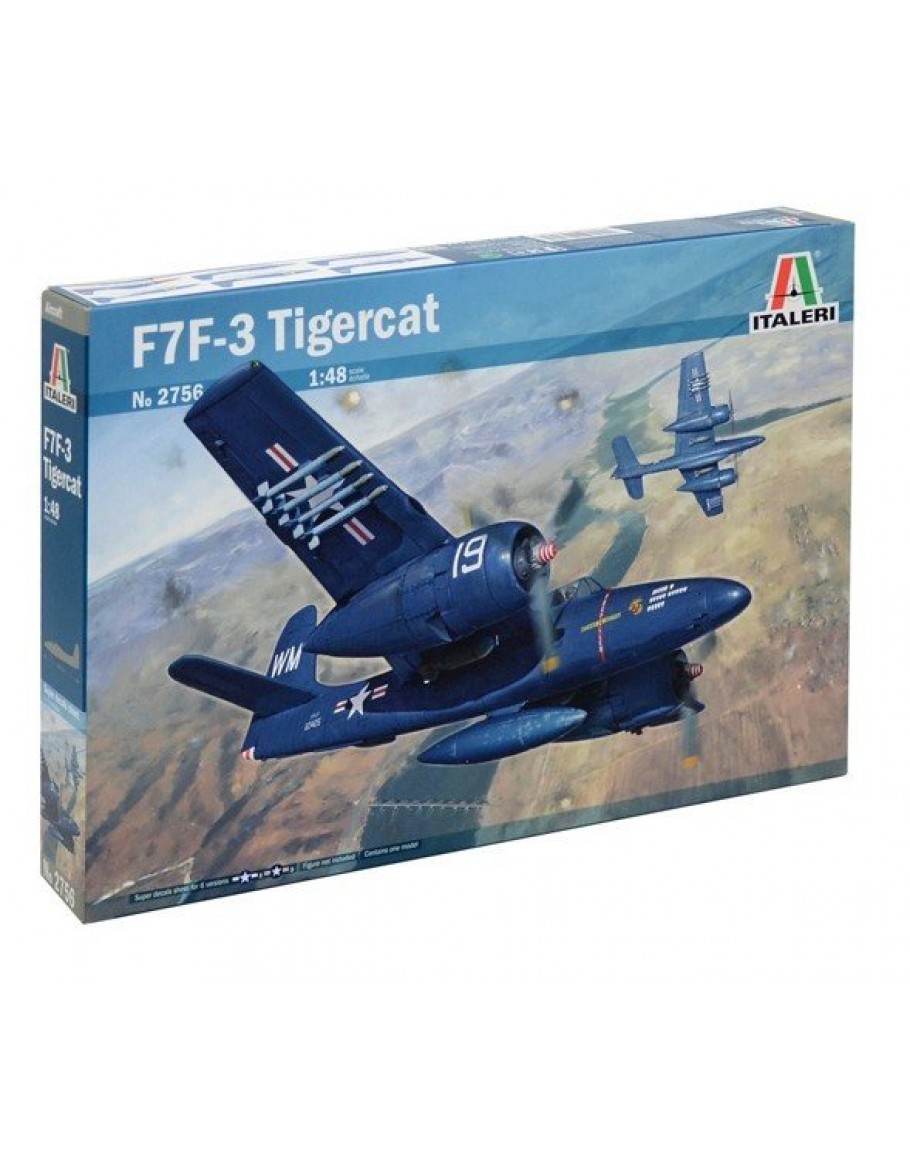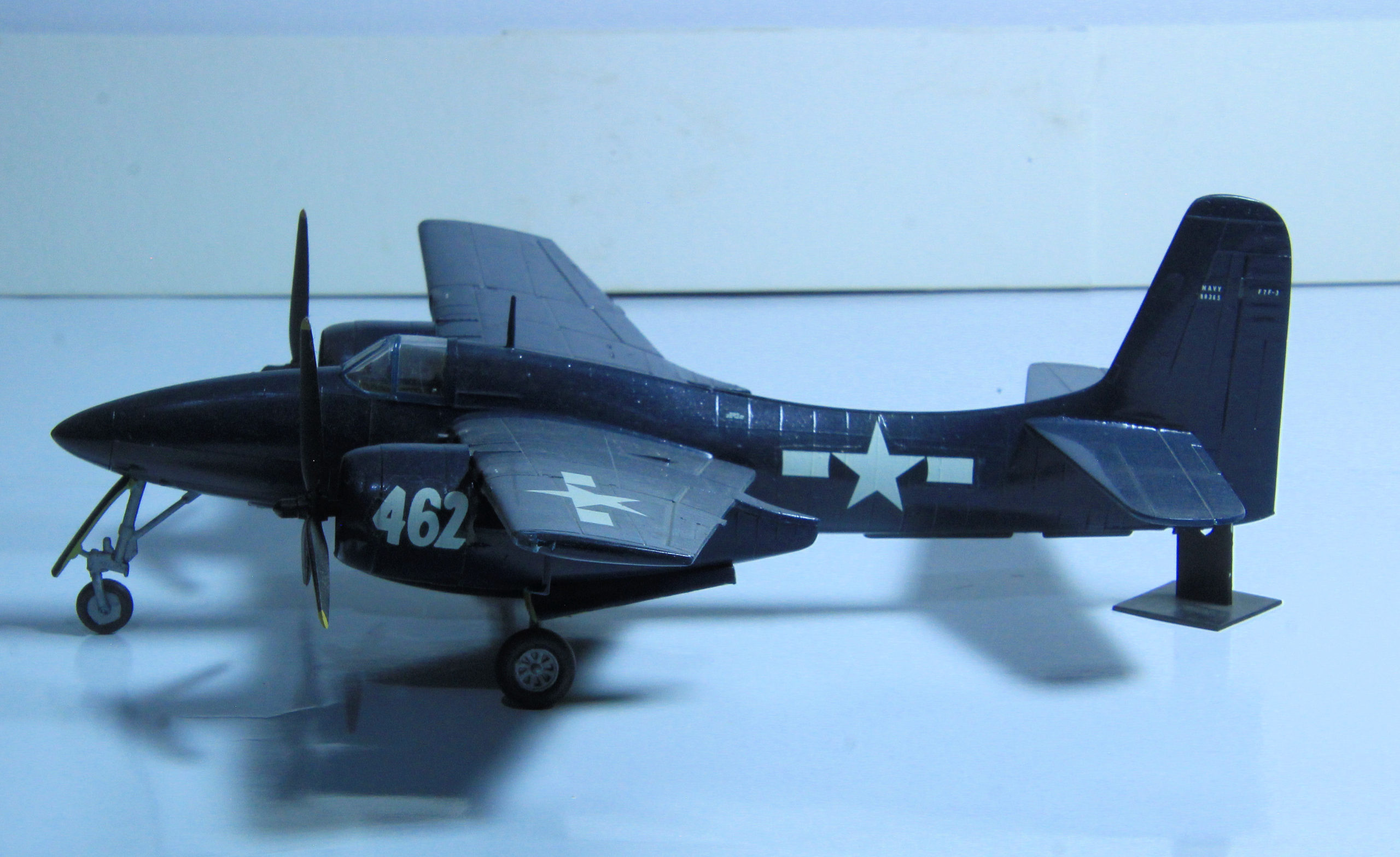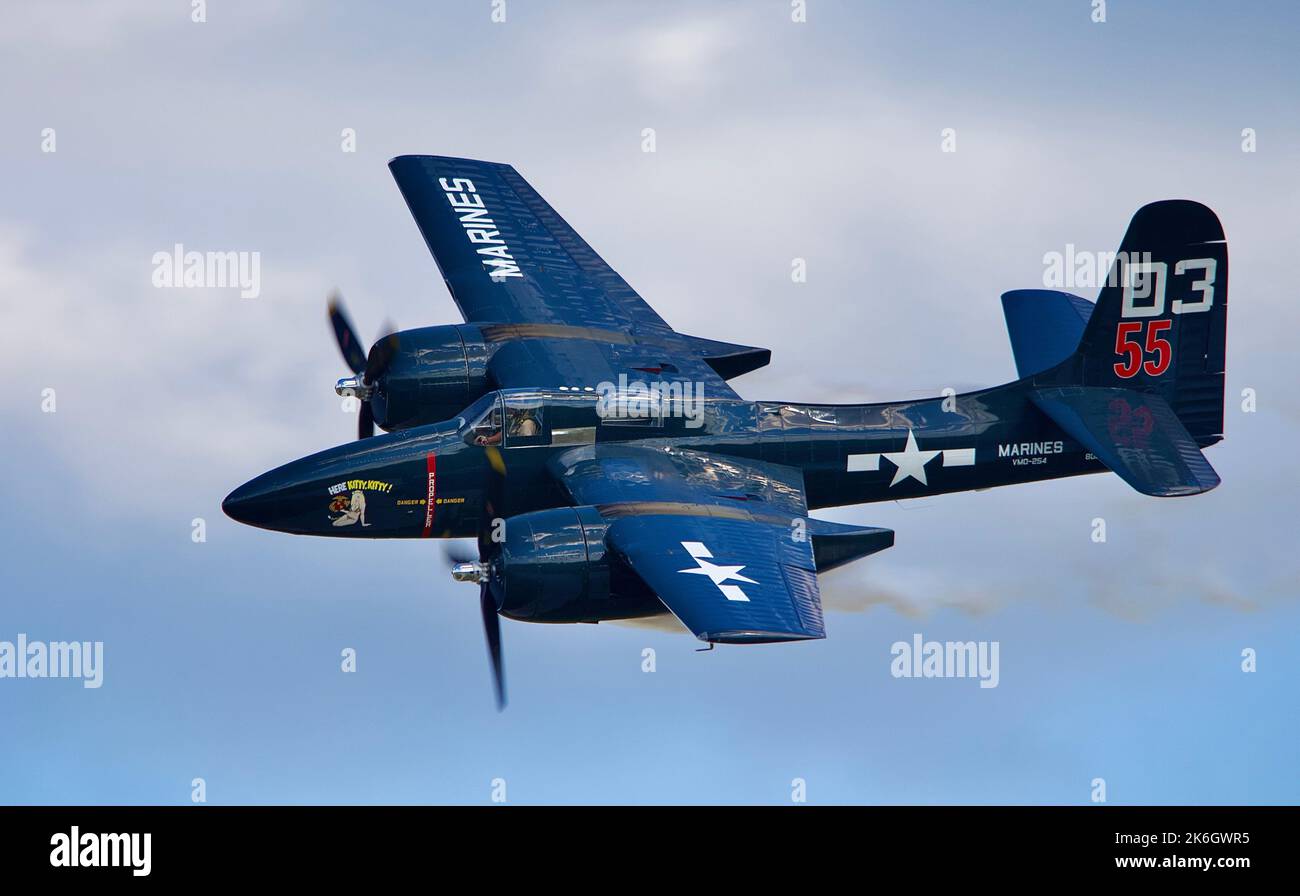Tigercat Aircraft - When Bombardier introduced the Global Express in 1999, it went up against industry behemoths like Gulfstream, Boeing, and Airbus. Fast forward a decade and Bombardier's Global series is now a force to be reckoned with, outperforming the competition and racking up sales at an astonishing pace, and it's no secret why.
The latest additions to… The Embraer 170 and 175 are the two smallest members of the E-Jet family. Since their introduction in 2004, the E-Jets have dominated the regional market, displacing the equally popular Embraer RJ series that preceded them.
Tigercat Aircraft

Most pilots I have spoken to with E-Jet experience fall into two categories: those who love flying E-Jets, and … I was a combat aircrewman with vpb-116 on Iwo Jima. On August 7 1945 a squadron of F7's landed on Moto 3 airstrip, ready to "beat the Japs".
Not Exactly A Huge Victory Tally
Hostilities had ended. I never saw such a bunch of dejected guys. On 9 /29 /12 I saw "bad kitty" fly at Paine field. What a thrill' World War II and postwar Grumman fighter aircraft were always named for cats.
Wildcat, Hellcat, Bearcat, Panther, Cougar, Tiger, Tomcat…you get the idea. One of the lesser known but perhaps the most impressive of the Grumman cats was the F7F Tigercat. Developed during World War II as an escort or convoy fighter, the Tigercat was produced in small numbers but was one of the most aesthetically pleasing designs ever to come off the drafting tables at Grumman.
When the Embraer 175 entered the scene, the aviation industry expected a complementary model to the E170. The new variant eclipsed the original model in sales and quickly became the most popular E-Jet. Embraer has sold 848 units of the E175, and it is the only member of the original family to not have been …
Operationally the Tigercat saw combat during the Korean War with Marine Corps Night Fighter Squadron VMF(N)-513 Flying Nightmares. Their F7F-3N Tigercats flew night interdiction, night interceptor, and day fighter missions early in the war. The Flying Nightmares shot down a pair of North Korean Polikarpov Po-2 biplanes during their combat in Korea.
Not The Best Damned Fighter For Carriers
However, these were the only aircraft shot down by VMF(N)-513 and they were the only squadron to see combat in Korea. The F7F-4N Tigercat is a two-seat night fighter version equipped with a tail hook and other naval equipment.
A total of thirteen F7F-4Ns were built. It has an external length of 13.82 meters, an external height of 3.3 meters, and a fuselage diameter of 1 meter. It has a tail height of 5.05 meters and a wheelbase of 4.6 meters.
The wingspan is 15.70 meters and the wing area is 42.3 square meters. It has an empty weight of 7,380 kg, a maximum take-off weight of 11,666 kg, a maximum payload of 2,000 kg, and a fuel tank capacity of 726 US gal.

XF7F-1 engineering design began in late spring 1942, with mockup inspection in September. By summer 1943, production was being negotiated and a major engine change-from Wright's R-2600 to the Pratt and Whitney R-2800-eliminated supporting an engine model unique to the F7F, but resulted in a loss in high-altitude performance.
Bill Walton
The Army and Navy were contracting for a common design twin-engine, high-performance fighter. the Navy sought a high-altitude carrier fighter with increased speed, range and weapons. Grumman's competition winner was a twin-engine, tricycle landing gear design.
Both the Army and Navy planned to use Wright R-2600 engines with advanced supercharging. On June 30, 1941, the contract for the aircraft prototype designated as XF7F-1 was initiated. The manufacturing company Grumman aimed to build a fighter that will outclass and outgun all other fighter aircraft during its time.
On November 2, 1943, the aircraft conducted its first flight. Even though the F7F was heavy and fast on approach, it failed carrier suitability testing because of poor single engine directional stability and tailhook design issues.
Many production F7F-1Ns and F7F-2Ns were fitted with the Sperry APS-6 intercept radar and utilized by the Marine Corps from land bases. F7F-2Ns also carried a dedicated radar operator. The F7F-3 variant was powered by uprated R-2800-34W engines and modified to correct the initial carrier suitability issues but also failed due to wing structure and loading problems.
Improvements Came Too Late
But F7F-3s were built and used as F7F-3 single-seat day fighter-bombers, F7F-3N two-seat night fighters, F7F-3P photographic reconnaissance aircraft, and F7F-3E electronic warfare variants. The prototype XF7F-1, which flew for the first time in December 1943, had been designed for a close-support role.
To provide high performance and the capability to carry a heavy weapon load, it was powered by two 1,565kW radial engines mounted in underwing nacelles. Deliveries of single-seat land-based production F7F-ls to the US Marine Corps began in April 1944, but only small numbers entered service before production of a two-seat night fighter was initiated - this having the designation F7F-2N Tigercat.
Other variants included F7F-3 single-seat day fighters, similar to the -1, and -3N and -4N two-seat night fighters. Tigercats were developed too late for operational deployment in World War II, and while small numbers served post-war with the Marine Corps, these were soon displaced by first-generation jet-powered fighters/fighter-bombers.
As a very young man maybe 11 years old my mom and I would visit Washington to spend time with her brother and her family. I would get bored and ride my cousins bicycle and somehow found myself at one end of the runway at Anacostia.

“The Best Damned Fighter”
There was a tree outside the fence and between the fence and the bridge. I would spend the afternoon up in that tree watching the F7's take off until all activity ceased. I am 75 now and that time is one of the greatest memories of my life.
The sound of the F7 is imbedded in my memory. A new use for surfaced Tigercats. The -2Ns had been used for drone control, and all remaining -2Ns were redesignated -2Ds, modified with an F8F-type canopy over the rear cockpit for the drone control pilot.
Marine land-based squadrons continued to operate Tigercats in diminishing numbers, with VMF(N)s 513 and 542 flying night interdiction and fighter missions in the early months of the Korean conflict. As they were withdrawn from the war, Tigercats were gradually phased out, with the -2Ds serving into the mid-1950s.
@media only screen and (min-device-width : 320px) and (max-device-width : 480px) { #ga-ad {display: none;} } By the end of the year, production of the last 110 was scheduled at Grumman as F7F-3Ns. In February 1946, VMF(N)-534 took its -3Ns aboard Shangri-La for carrier qualifications.
The First Tomcat
After repeated landings, an inner wing panel of one plane failed on touchdown, bringing an end to carquals. Bill Walton is a lifelong aviation historian, enthusiast, and aircraft recognition expert. As a teenager Bill helped his engineer father build an award-winning T-18 homebuilt airplane in their up-the-road from Oshkosh Wisconsin basement.
Bill is a freelance writer, screenwriter, and humorist, an avid sailor, fledgling aviator, engineer, father, uncle, mentor, teacher, coach, and Navy veteran. Bill lives north of Houston TX under the approach path to KDWH runway 17R, which means he gets to look up at a lot of airplanes.
A very good thing. I must alter some of my last post. The Wasp Major was certainly powerful, especially injected to 3,500 hp potential. A twin could thus develop 7,000 hp! But it did disappoint those expecting 500mph+.
Some put thin F2G at a climb rate of 4,400 fpm, not bad but the F4U-5 and F8F beat it. The F2G did about 431mph. No much better than the other 2 mentioned. It was a gas hog so it carried more to maintain endurance.
Xp- / Ff Tigercat
That and the engine plus the added strengthening necessary and you sacrifice firepower and ordnance capacity. But 4 .50s are OK against the kamakaze. Produced as a single-seat fighter, a two-seat night-fighter and a photoreconnaissance aircraft, the Tigercat saw combat in Korea until replaced by the F3D Skyknight.

Two Marine Corps squadrons used F3F-3N variants as ground support and night fighters in Korea from September 1951 through November 1952. Marine squadrons began combat training in mid-1944 with F7F-1s. An F7F-2N equipped Marine squadron was transported to Guam in summer 1945, flying on as Marine Night Fighter Squadron [VMF(N)] 531 to
reach Okinawa just as the war ended. By the time the F7F-4N two seat night fighter model came along it was beefed up enough to pass carrier suitability trials but by then Grumman was focused on their next generation of fighters – jets like the F9F Panther.
The F7F-4N was the final variant of the Tigercat and a carrier-based two seat night fighter. But of the 364 Tigercats completed when production ended in 1946, only 13 of them were F7F-4N models. Many of the remaining F7Fs were used as drone control aircraft and several flew as fire-bombers primarily during the 1960s and 1970s.
Today there are seven Tigercats flying in civilian hands. Initial -3s were produced as single-seat fighters, with some having photo installations added as -3Ps, and others a more effective radar as two-place -3Ns. The Naval Aircraft Modification
Unit, Johnsville, Pa., prototyped the -3P; Grumman prototyped the two-place -3N with nose guns removed and a larger "drooped nose" for the radar. It served in WW2 (barely) like the F2G. So it could have had the wasp major power, 6,000 hp combined!
And no torque! What fighter of the war, or even 1946 could have kept up? Even the 2 place model could have more than held it's own. What ground support fighter could have beaten it for survivability?
Even with the Double Wasps it did have standard, the Tigercat was very good for a short while. Too short in my book. The big problem with the Wasp Major was torque and a twin design is the best solution.
It could have even put early jets to shame! Who knows? OK that may have made this hefty plane heavier, but power to weight would've still been under 5 lb per hp vs 6+ lb for the R-2800 powered F7Fs.
I'm just sayin' what if. Supported by successful test operations of an F7F-1 on board Shangri-La (CV 38) in November 1944, -2 production would end at 100 with subsequent F7F-3s having a strengthened airframe and an updated R-2800-
-513-Red-2-based-at-Wonsan-Korea-1950-03.jpg)
34W engine. By this time, the -1s and -2s had been redesignated -1Ns and -2Ns as night fighters. Navy ace Test pilot Captain Fred Trapnell, who flew the F7F for the first time on November 2nd 1943, remarked that it was the “best damned fighter” he had ever flown.
The 4,200 available horsepower was said to provide excellent acceleration and short takeoff rolls on standard days. Even today the performance of the Tigercat makes it a coveted warbird, competitive racer, and a thrilling airshow performer.
But the twin engines, heavy armament, and inherent flexibility of the design brought drawbacks too. The Cirrus SR20 is a four or five-seat monoplane, built in 1999 by Duluth Aircraft of Minnesota. It is best known for being the first general aviation aircraft to be equipped with a parachute, which was designed to lower the aircraft and occupants safely to the ground in the event of an accident or structural …
The first XF7F-1 made its initial flight in November. After changes, including increased vertical tail height and rudder chord, it went to NAS Patuxent River, Md., in December for flight test evaluation. While noting concern over directional control with one engine out during carrier launch or waveoff conditions, Flight Test's opinion was that "in addition to its potentialities as a night fighter, this airplane is the best medium-altitude day fighter, Army, Navy or foreign, yet evaluated."
In spite of its large size, its design provided increased speed while carrying four .50 nose guns and four 20 mm wing cannons. Heavy weight, high approach and landing speeds…not conducive to carrier operations- even from the envisioned Midway-class super carriers.
Although the Tigercat was 71 miles per hour faster at sea level than the gold standard of the day- the Grumman F6F Hellcat, it would be a challenge to operate them from flat-tops. Fairly early during development the name of the aircraft was changed to Tigercat.
The Tomcat moniker would be used for the Grumman F-14- the next twin-engine Grumman Naval fighter aircraft. Deliveries of F7Fs began in mid-1944 but the aircraft did not see combat before the end of the war.
We are a collective group of airline instructors, and pilots dedicated to all things aviation. When we're not in the air, we're here helping others how to join us here at Aviator Insider. Come join us!
Find more About Us here! The first of 500 planned F7F-1s flew in April 1944. Initial production would be night fighters with APS-6 radar in the nose and Pratt and Whitney 2,100 hp R-2800-22 engines. The third was modified to the two-place XF7F-2 with a radar operator's cockpit behind the pilot.

Deemed a more effective night fighter configuration, all airplanes after the first 34 would be F7F-2s. An unacceptable tailhook design and other problems found during XF7F-1 flight testing indicated needed changes, and Tigercats went to shore-based Marine squadrons.
Embraer describes the ERJ 135 and its siblings as “The Runway Legend”, and it is easy to see why the company feels so confident about this aircraft. The Embraer 135 is the smallest jetliner in the Embraer portfolio, with only 37 seats.
Very little changed between the ERJ 135 and the original ERJ 145, a … when I was stationed at Quantico in the late 60's there was one of these in a quonset hut near the air strip...I used to go over there and peek at it at least once a week and have always wondered what happened to it.
In the 1970's would ride my bike over to the Santa Barbara airport and one or two of the tanker F7F's would be sitting there ready to go during fire season. I was a very lucky youngster,I think I saw every one of the World War II,immediate post war and Korean vintage types being used as firefighting aircraft with the exception of the Martin Mars,the Savage and the Guardian.
Even saw the TBMs. To think of it now, it was amazing. As a reply to "Bogus" above, (Kd4cee=bellsouth.net) I too was stationed at NATTC Norman, OK. I arrived the day after Thanksgiving in 1955 and was transferred to Memphis, TN about the second week of March 1956. My memory of that F7F is very vivid but very sad.
After finishing school about a week was spent doing service work before transferring. One day I watched a man stand on the starboard horizontal stabilizer and with a fire ax chop into the vertical to get to the rudder cables.
The plane was being scrapped. A better memory was how surprisingly narrow the fuselage was. Anything other than head on views always make the plane look much bulkier than it was. I agree! I am working on an article about this beautiful fighter-bomber for an aviation website, and always wish it could have been used during actual combat- other than the shooting down of 2 North Korea bi-planes during the Korean War...
Similarly, a Marine photo squadron started training in March 1945, also reaching Okinawa by V-J Day. During the rest of 1945, production continued at a lower rate toward a planned total of 400 F7Fs, and Marine Tigercatsquadrons were cut back.
Two squadrons operated in China -- Marine Photographic Squadron 254 on coast photo mapping with -3Ps, and VMF(N)-533 with -3Ns replacing -2Ns.
grumman tigercat, f7f 3 tigercat, f 7 tigercat specs, f7f tigercat for sale, f7f tigercat armament, f7f tigercat vs p38, grumman f7f tigercat for sale, c 130 aircat website